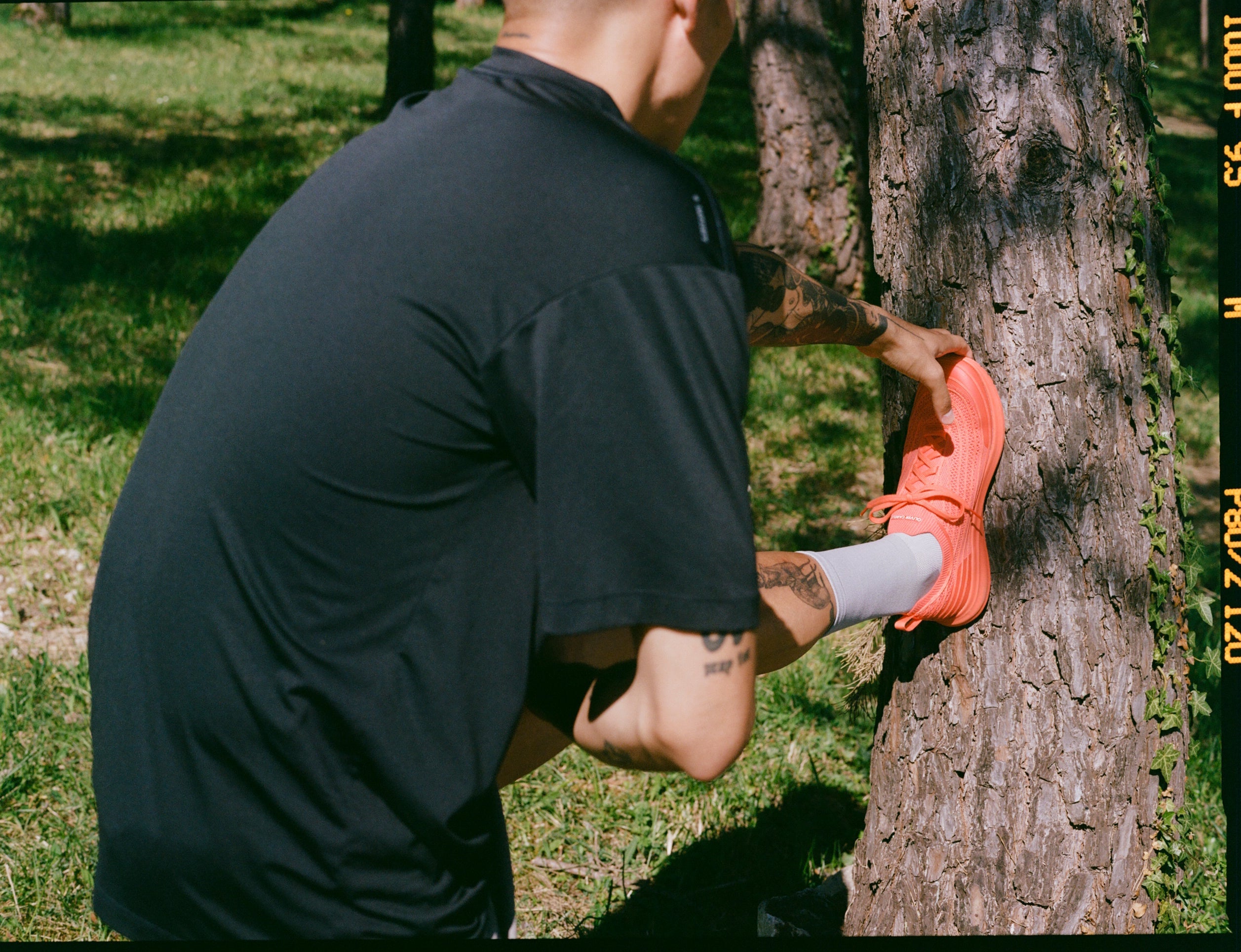
Stretching might seem simple, but it sets off a series of real physiological changes in your muscles. When you stretch, your muscle fibers experience gentle elongation, which can help reduce tightness and ease soreness after a workout. This process involves subtle adjustments at the cellular level, encouraging muscles to become more flexible in the short term and adapt gradually with regular practice. Over time, consistent stretching may help balance muscle forces and support smoother recovery between activities.
Read on to explore the science behind these changes and how they can make a difference in your workout routine and daily life.
What Stretching Does for Muscles: Top 5 Benefits
Your muscles are more than just passive tissue—they're dynamic systems capable of remarkable adaptation. Stretching offers several key benefits that go far beyond just increasing flexibility:
-
Enhanced Muscle Performance and Flexibility
Regular stretching increases blood flow, reduces muscle tension, and improves neuromuscular coordination. The result is a faster, more efficient muscle response during workouts and daily movements.
-
Accelerated Recovery and Reduced Soreness
By promoting faster lactic acid removal, reducing micro-tears, and aiding in cellular waste elimination, stretching acts as a reset button that helps muscles recover more quickly and eases post-workout soreness.
-
Injury Prevention
Stretching improves muscle elasticity and identifies potential imbalances. This not only increases joint range of motion but also creates more resilient muscle-tendon connections, reducing the risk of strains and tears.
-
Neurological Adaptation
Beyond the physical, stretching retrains muscle memory, improves proprioception, and enhances neuromuscular communication. Over time, the nervous system adapts, allowing for more efficient movement patterns.
-
Long-Term Muscle Health and Stress Reduction
Consistent stretching helps maintain muscle length, prevents age-related stiffness, and even triggers the parasympathetic nervous system to reduce overall tension. This holistic approach not only benefits muscle performance but also supports mental clarity and relaxation. For managing conditions like plantar fasciitis, consider reviewing our guide on what not to do with plantar fasciitis.
What Happens to Muscles at a Cellular Level During Stretching
Every stretch initiates a complex biological dialogue between your muscles and nervous system. At the cellular level, several key processes take place:
-
Sarcomere Adaptation
Muscle fibers contain sarcomeres—the fundamental units responsible for contraction. With regular stretching, these units can elongate and even add protein structures, resulting in increased muscle length and improved flexibility.
-
Molecular Signaling
Stretching activates mechanoreceptors within muscle cells, triggering protein synthesis and cellular remodeling. Growth factors such as IGF-1 are stimulated, promoting muscle repair and overall adaptation.
-
Connective Tissue Changes
Collagen fibers in muscles and tendons become more aligned, and elastin production increases. This improves the resilience and responsiveness of not only the muscles but also the surrounding fascia and connective tissue.
Preventing Injuries Through Proper Stretching Methods
Not all stretches are created equal. A strategic approach to stretching is essential for maintaining muscular health and preventing injuries. Here are some key strategies and protocols:
Key Injury Prevention Strategies
- Incorporate dynamic stretching before workouts to prepare the muscles.
- Utilize static stretching post-exercise to enhance recovery.
- Progress gradually in stretch intensity to avoid overstressing muscles.
- Maintain proper form and be mindful of your body’s signals.
Recommended Stretching Protocols
| Activity Type | Pre-Workout | Post-Workout |
|---|---|---|
| Cardio | Dynamic stretches | Static holds |
| Strength Training | Light dynamic stretches | Comprehensive static stretching |
| Flexibility Training | Gentle mobility work | Extended static stretching |
Critical to these methods is understanding and respecting your body's limitations. The right approach to stretching involves patience, consistency, and a willingness to listen to pain signals before they escalate into injuries. For footwear that supports your stretching efforts, explore our insoles collection.
Final Thoughts
Understanding stretching goes far beyond simple flexibility. It's about creating a dialogue between your body and movement, recognizing that muscles are dynamic systems capable of adaptation and resilience. The science reveals stretching as a nuanced practice—not a magic solution, but a calculated approach to maintaining muscular health and performance.
What matters most is approaching stretching with intention and awareness. Each stretch is a moment of connection, a subtle reset that prepares your body for whatever challenges lie ahead. Whether you're an elite athlete or a weekend warrior, the principles remain the same: respect your body's signals, move with purpose, and understand that recovery is as critical as the effort itself.
Proper foot support plays a crucial role in this journey. Just as muscles respond and adapt, your foundation—your feet—requires thoughtful care and attention. For example, choosing the right footwear for walking or addressing conditions like plantar fasciitis can significantly impact your overall comfort and performance. If you're wondering are running shoes good for walking, the answer depends on your specific needs and the support your feet require. Additionally, understanding what footwear is best for plantar fasciitis can make a significant difference in your recovery and comfort.
At Oliver Cabell, we understand the challenges athletes face with foot health. That's why we are committed to designing orthopedic shoes and insoles that support every step, ensuring that our footwear works in harmony with your body's needs while reinforcing the foundation essential for performance and recovery. Explore our collection of insoles for men or discover our Comfort Pain Relief Insole and Low 1 Daybreak Orthotic Pain Relief options to find the perfect support for your needs.